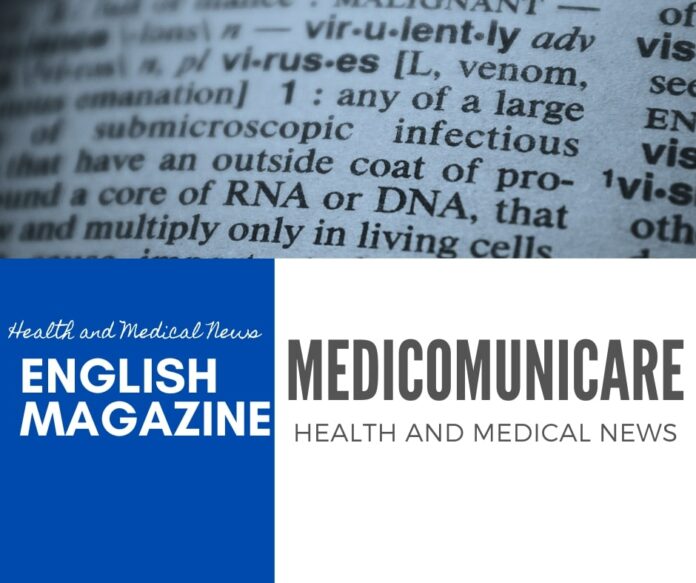Age is the largest risk factor for Alzheimer’s disease (ALD), but the age-related mechanisms that increase risk for ALD are unclear. Although a proposed lifelong buildup of extracellular amyloid or ROS damage could eventually reach a clinical threshold for dementia, neither mouse models nor human anti-amyloid or antioxidant therapies have validated this proposition. Aging and age-related disease are tightly linked to a decline in energetic capacity, a supply and demand imbalance. In the aging brain, ATP levels decline with age, which impacts cognition. Further, high energetic demand in the hippocampus and entorhinal cortex for memory and learning plasticity likely generates high levels of ROS and the need for robust autophagic control of proteostasis, largely powered by GTP.
Among nucleotide tri-phosphates like ATP, GTP hydrolysis selectively drives energy-dependent cellular processes of protein synthesis and vesicular trafficking, including endocytosis and autophagy. Levels of GTP depend on the redox state of the electron acceptors and donors NAD+/NADH and their concentrations. GTP indeed is necessary for all cellular G proteins to work, like those involved in signaling, in endoplasmic reticulum network, in vesicle transport and other functions. Based on these informations, researchers at the University of California Irvine have identified a promising nonpharmaceutical treatment that rejuvenates aging brain cells and clears away the buildup of harmful proteins associated with Alzheimer’s disease.
In a paper published recently in the journal GeroScience, the research team reports that a combination of naturally occurring compounds – nicotinamide (vitamin B3) and epigallocatechin gallate (a major green tea antioxidant) – can reinstate levels of guanosine triphosphate (GTP), an essential energy molecule in brain cells. In tests on neurons in a dish, the treatment reversed age-related cellular deficits and improved the brain cells’ ability to clear damaging amyloid protein aggregates. The researchers used a genetically encoded fluorescent sensor called GEVAL to track live GTP levels in neurons from aged Alzheimer’s model mice and discovered that free GTP levels declined with age leading to impaired autophagy.
This process is used by cells to eliminate damaged components. But when aged neurons were treated for just 24 hours with nicotinamide and epigallocatechin gallate, GTP levels were restored to those typically seen in younger cells. This revival triggered a cascade of benefits: improved energy metabolism; activation of key GTPases involved in cellular trafficking, Rab7 and Arl8b; and efficient clearance of amyloid beta aggregates. Oxidative stress, a contributor to neurodegeneration, was also reduced. Aging and Alzheimer are associated with increased damage to cellular proteins, lipids and nucleic acids. As a protective transcription factor, Nrf2 is activated and it results in the induction of ARE-dependent genes such as NQO1, glutathione transferase (GST), thioredoxin reductase (TxR), gamma-GCS, malic enzyme and catalase.
EGCG, the primary polyphenol in green tea, is a safe and widely studied Nrf2 inducer while nicotinamide is a simple bioavailable NAD precursor. NAD+ is required for de novo synthesis of GMP (and GTP) via inosine 5′-monophosphate dehydrogenase (IMPDH) catalysis of the IMP to XMP. Supporting the results of this investigation, pharmacological interventions with other NAD+ precursors including nicotinamide riboside (NAR), and nicotinamide mononucleotide (NMN) showed anti-senescence properties and autophagic reactivation. These results suggest a bioenergetic GTP deficit in aging, exacerbated in our ALD model that can be remediated by NAD precursor supplementation. Therefore, the simple green tea plus vitamin B3 could represent an easy and cheap way to rejuvenate brain neurons from the age-dependent deterioration.
- Edited by Dr. Gianfrancesco Cormaci, PhD, specialist in Clinical Biochemistry.
Scientific references
Santana RA et al. GeroScience. 2025 Aug; in press.
Swerdlow RH. J Alzheimers Dis. 2023; 92:751-768.
Martinez RAS et al. Geroscience. 2023; 45:757–80.
Amorim JA et al. Nat Rev Endocrinol. 2022; 18:243.

